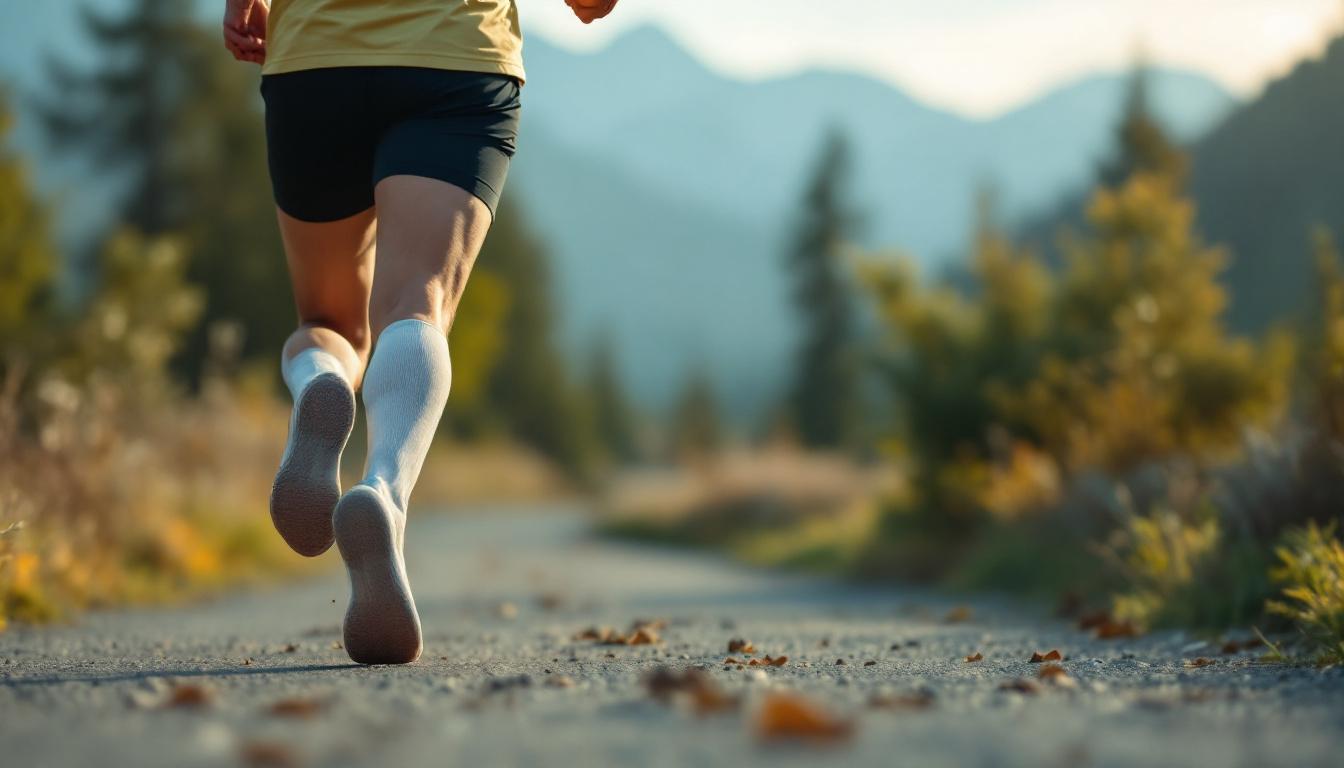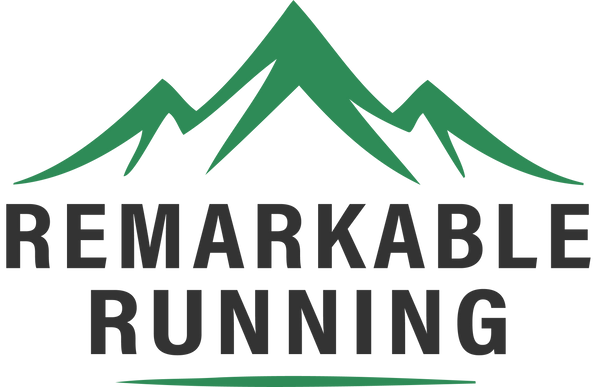
Compression sock benefits for running
Share
When it comes to running gear, compression socks often spark lively debates among athletes and casual joggers alike. Are they a miracle worker for performance and recovery, or just a snug fashion statement? The truth, as with many things in running, lies somewhere in between. This article dives deep into the benefits of compression socks for runners, separating hype from science, and helping you decide if these tight-fitting wonders deserve a spot in your running kit.
What Are Compression Socks and Why Do Runners Love Them?
Compression socks are specially designed hosiery that apply graduated pressure to your lower legs, with the tightest fit around the ankle gradually loosening towards the calf. This design aims to improve blood circulation, reduce muscle vibration, and potentially enhance oxygen delivery to working muscles.
Runners are drawn to compression socks for several reasons: they promise reduced muscle fatigue, faster recovery, and even improved performance. But do they really deliver on these claims, or is it just clever marketing? Let’s lace up and find out.
One of the key benefits of compression socks is their ability to help prevent injuries. By providing support to the muscles and joints, these socks can reduce the risk of strains and sprains, which are common among runners. Additionally, the compression can help to stabilize the muscles during intense workouts, allowing runners to maintain proper form and reduce the likelihood of overexertion. This added support is particularly beneficial during long runs or races, where fatigue can set in and lead to poor performance or injury.
Moreover, the science behind compression therapy is backed by research that suggests these socks can aid in post-exercise recovery. After a rigorous run, wearing compression socks can help to decrease swelling and soreness by promoting lymphatic drainage. This means that runners can bounce back more quickly, allowing them to train harder and more frequently. Many athletes swear by their compression gear, claiming that it not only feels good but also gives them a psychological edge, knowing they are taking proactive steps to care for their bodies while pushing their limits.

The Performance Puzzle: Do Compression Socks Make You Run Faster?
The Mixed Evidence on Race Times and Endurance
One of the most sought-after benefits of compression socks is improved running performance. However, a comprehensive 2025 meta-analysis examining 51 studies involving nearly 900 runners found no significant differences in race times or endurance between those wearing compression gear and those who ran sockless. So, if you’re hoping for a magic boost to shave minutes off your 10K, compression socks might not be your secret weapon.
That said, performance is a complex beast. While race times might not dramatically improve, other factors like muscle fatigue and recovery can influence how you feel during and after runs. Runners often report a sense of enhanced comfort and reduced soreness, which can contribute to a more enjoyable running experience. This psychological aspect shouldn't be underestimated, as feeling good during a run can lead to better mental focus and motivation, potentially translating into improved performance over time.
Subtle Gains in High-Intensity Running
Interestingly, a 2018 study revealed that wearing compression socks during high-intensity running helped reduce the decline in subsequent running performance. In other words, compression socks might not make you faster outright, but they could help you sustain your pace better during back-to-back efforts or interval training sessions.
This subtle edge could be the difference between hitting your training targets or feeling wiped out halfway through. So, while not a turbo boost, compression socks might be a helpful tool in your training arsenal. Additionally, the improved blood circulation that compression gear is believed to promote can aid in quicker recovery post-exercise. This means that athletes might find themselves able to train more frequently or with greater intensity, as their bodies are better equipped to handle the stresses of rigorous workouts. Furthermore, the snug fit of compression socks can provide a sense of security, helping runners feel more stable and supported, particularly on uneven terrain or during challenging runs.
How Compression Socks Influence Muscle Fatigue and Recovery
Improved Blood Flow and Reduced Muscle Vibration
The primary mechanism behind compression socks is their ability to enhance blood circulation. By applying graduated pressure, these socks help push blood back towards the heart, potentially reducing the pooling of blood in the lower legs during prolonged exercise. This increased circulation not only aids in delivering essential nutrients and oxygen to the muscles but also plays a crucial role in the removal of metabolic waste products, which can accumulate during intense physical activity. As a result, athletes often report feeling a sense of lightness in their legs, allowing for a more enjoyable and sustained workout experience.

Reduced muscle vibration is another touted benefit. When you run, your muscles experience repetitive impacts that cause micro-vibrations, which can contribute to muscle soreness and fatigue. Compression socks may help stabilize muscles, limiting this vibration and the associated damage. This stabilization can be particularly beneficial during high-impact activities, such as running on hard surfaces, where the shock absorption properties of the socks can mitigate the risk of injury. Moreover, the snug fit of compression socks can provide proprioceptive feedback, enhancing body awareness and potentially improving running form.
What the Science Says About Recovery
While the jury is still out on outright performance gains, many runners report feeling less sore and recovering faster when using compression socks. This anecdotal evidence aligns with scientific findings suggesting that improved blood flow can aid in flushing out metabolic waste products like lactic acid. The quicker recovery times and reduced muscle soreness reported by athletes may lead to more consistent training sessions and better overall performance in the long run. Additionally, some studies have indicated that wearing compression socks during recovery periods can further enhance the benefits, allowing muscles to repair and rebuild more efficiently.
However, a 2024 study from the University of Gothenburg introduced a note of caution. Dr. Sophia Halldin Lindorsson and her team measured intramuscular oxygenation and pressure before, during, and after running and found that compression socks might do more harm than good for some runners. This highlights the importance of individual variation—what works wonders for one runner might not suit another.

Practical Tips for Choosing and Using Compression Socks
Finding the Right Fit
Compression socks need to fit snugly but not painfully tight. Ill-fitting socks can cause discomfort or even restrict circulation, which defeats their purpose. It’s wise to measure your calf circumference and ankle size before purchasing, and consider trying different compression levels to find what feels best.
When to Wear Them
Compression socks can be worn during runs, post-run recovery, or even throughout the day if you’re on your feet a lot. Some runners swear by wearing them during races, while others reserve them for recovery sessions. Experiment to see what timing works best for your body and routine.
Care and Maintenance
To keep your compression socks effective, follow the manufacturer’s washing instructions carefully. Typically, gentle cycles and air drying help maintain the elasticity and compression properties over time.
Conclusion: Are Compression Socks Worth It for Runners?
Compression socks are not a guaranteed ticket to faster race times, but they offer meaningful benefits that many runners appreciate. From subtle improvements in sustaining performance during intense workouts to aiding recovery and reducing muscle fatigue, these socks can be a valuable part of your running toolkit.
Our Compression Socks
Check out our range of compression socks to wear on your next run.
